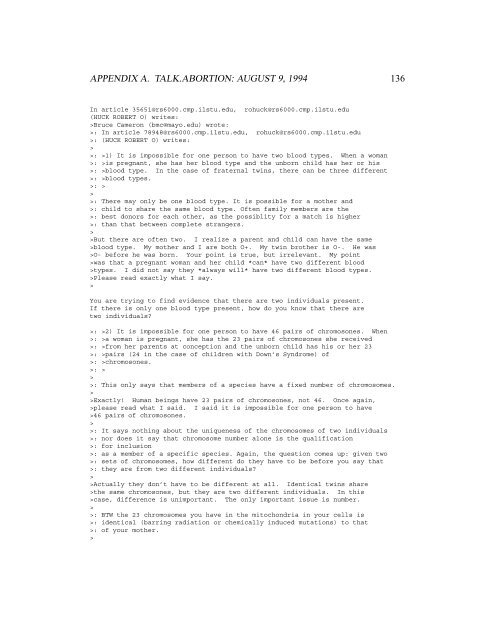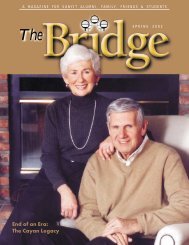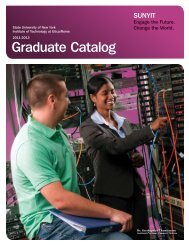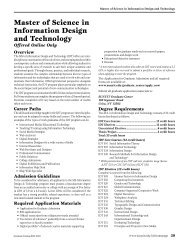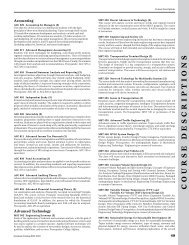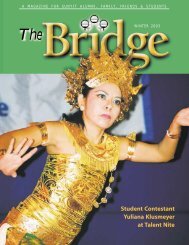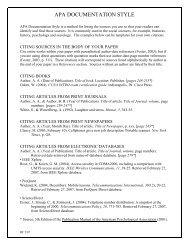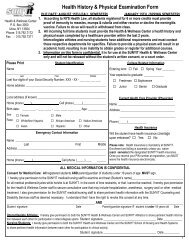Expanding the Public Sphere through Computer ... - ResearchGate
Expanding the Public Sphere through Computer ... - ResearchGate
Expanding the Public Sphere through Computer ... - ResearchGate
Create successful ePaper yourself
Turn your PDF publications into a flip-book with our unique Google optimized e-Paper software.
APPENDIX A. TALK.ABORTION: AUGUST 9, 1994 136<br />
In article 35651@rs6000.cmp.ilstu.edu, rohuck@rs6000.cmp.ilstu.edu<br />
(HUCK ROBERT O) writes:<br />
>Bruce Cameron (bmc@mayo.edu) wrote:<br />
>: In article 78948@rs6000.cmp.ilstu.edu, rohuck@rs6000.cmp.ilstu.edu<br />
>: (HUCK ROBERT O) writes:<br />
><br />
>: >1) It is impossible for one person to have two blood types. When a woman<br />
>: >is pregnant, she has her blood type and <strong>the</strong> unborn child has her or his<br />
>: >blood type. In <strong>the</strong> case of fraternal twins, <strong>the</strong>re can be three different<br />
>: >blood types.<br />
>: ><br />
><br />
>: There may only be one blood type. It is possible for a mo<strong>the</strong>r and<br />
>: child to share <strong>the</strong> same blood type. Often family members are <strong>the</strong><br />
>: best donors for each o<strong>the</strong>r, as <strong>the</strong> possiblity for a match is higher<br />
>: than that between complete strangers.<br />
><br />
>But <strong>the</strong>re are often two. I realize a parent and child can have <strong>the</strong> same<br />
>blood type. My mo<strong>the</strong>r and I are both O+. My twin bro<strong>the</strong>r is O-. He was<br />
>O- before he was born. Your point is true, but irrelevant. My point<br />
>was that a pregnant woman and her child *can* have two different blood<br />
>types. I did not say <strong>the</strong>y *always will* have two different blood types.<br />
>Please read exactly what I say.<br />
><br />
You are trying to find evidence that <strong>the</strong>re are two individuals present.<br />
If <strong>the</strong>re is only one blood type present, how do you know that <strong>the</strong>re are<br />
two individuals?<br />
>: >2) It is impossible for one person to have 46 pairs of chromosones. When<br />
>: >a woman is pregnant, she has <strong>the</strong> 23 pairs of chromosones she received<br />
>: >from her parents at conception and <strong>the</strong> unborn child has his or her 23<br />
>: >pairs (24 in <strong>the</strong> case of children with Down’s Syndrome) of<br />
>: >chromosones.<br />
>: ><br />
><br />
>: This only says that members of a species have a fixed number of chromosomes.<br />
><br />
>Exactly! Human beings have 23 pairs of chromosones, not 46. Once again,<br />
>please read what I said. I said it is impossible for one person to have<br />
>46 pairs of chromosones.<br />
><br />
>: It says nothing about <strong>the</strong> uniqueness of <strong>the</strong> chromosomes of two individuals<br />
>: nor does it say that chromosome number alone is <strong>the</strong> qualification<br />
>: for inclusion<br />
>: as a member of a specific species. Again, <strong>the</strong> question comes up: given two<br />
>: sets of chromosomes, how different do <strong>the</strong>y have to be before you say that<br />
>: <strong>the</strong>y are from two different individuals?<br />
><br />
>Actually <strong>the</strong>y don’t have to be different at all. Identical twins share<br />
><strong>the</strong> same chromosones, but <strong>the</strong>y are two different individuals. In this<br />
>case, difference is unimportant. The only important issue is number.<br />
><br />
>: BTW <strong>the</strong> 23 chromosomes you have in <strong>the</strong> mitochondria in your cells is<br />
>: identical (barring radiation or chemically induced mutations) to that<br />
>: of your mo<strong>the</strong>r.<br />
>


